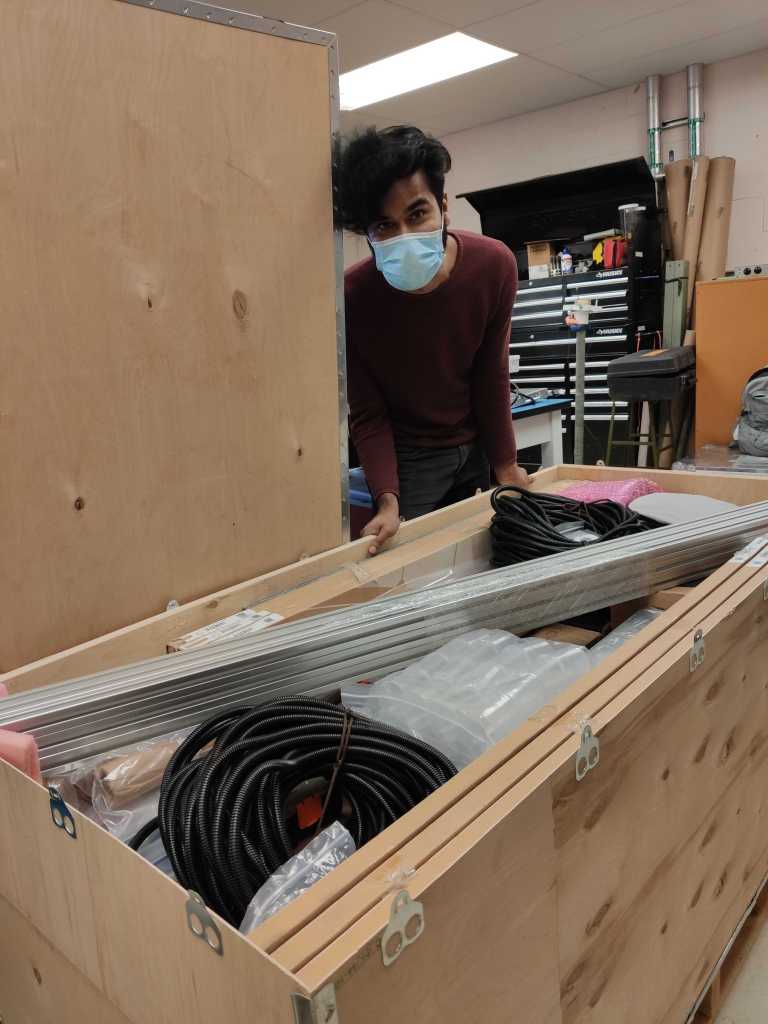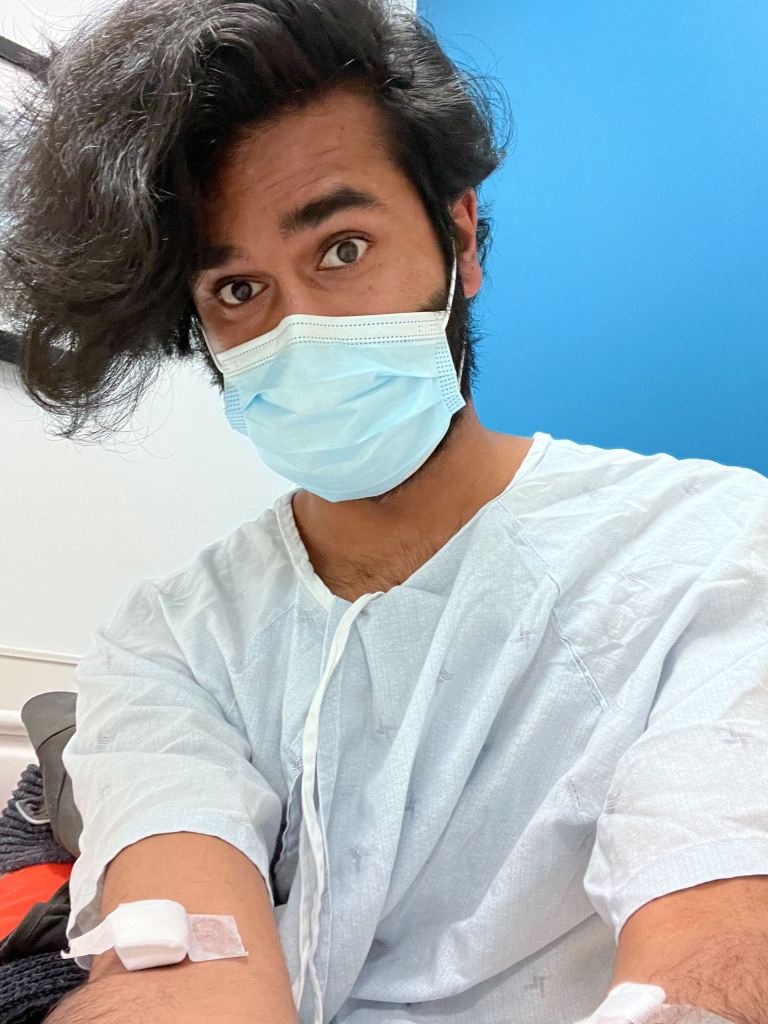Astronomers around the world are looking for faint radio signals that tell us the origin story of the very first stars in the Universe. In about two weeks I’ll head to an island between South Africa and the Antarctic with 3 other astro-engineers aiming to do the same. After a few years of COVID-related absence our research group can once again send a full complement of astrophysicists and astro-engineers to retrieve our observations of the cosmos and provide some TLC to our telescopes. Over the next few weeks I’ll tell you about our work and everything involved.
Marion Island (46° 45′ 52″ S, 37° 56′ 34″ E) is a tiny island, half-way between South Africa and Antarctica, populated by Emperor Penguins, Fur Seals, and many other birds. It also gets an annual visit from the S.A. Agulhas II to relieve 20 dedicated scientists from their 12 month stay on the island. Our group from McGill University and the University of KwaZulu-Natal led by Prof. Hsin Cynthia Chiang has been tagging along with biologists and climate scientists for a few years on this expedition led by the South African Government’s Department of Forestry, Fisheries and the Environment. Marion’s remoteness provides a unique refuge from human-made radio light. Being so far away from the mainland, we can deploy sensitive radio antennas that detect faint radio light emitted during the first few 100 million formative years of the Universe. This is the time we think the first stars and galaxies started forming, and started shaping everything we see around us today.
Over the past few weeks we have been preparing to get everything together for our expedition to the edge of the world and the beginning of the Universe. Before I go into some of the main challenges we faced this year, I can tell you that being part of the logistical preparation has reaffirmed my deep affection for Gantt-charts and spreadsheets.
Expedition Uncertainty
Running an expedition like this is normally already incredibly challenging, with COVID-19 on top of that it was uncertain whether there’d be an expedition at all. Up until 4 weeks ago we had no confirmation that we would be able to send anyone in addition to our engineer that would stay there for the full year. That would severely limit the amount of work we could do and should prepare for. When we suddenly got the message that we could send a full science team we were scrambling to together, because we finally got an opportunity to make up for the past two years. As you can imagine the last few weeks have been pretty hectic.

Fool-proofing
As a largely theory-oriented scientist, I hadn’t quite appreciated the immense logistical challenges of building an actual telescope. Even more so when done in an incredibly remote location. The big parts are easy: the solar panels, batteries, and actual antennas, but what happens when you run out of bolts or cables? Or when they’re the wrong size? The nearest hardware store is a few 1000 km away. The only way to really go through it all is lots of dry-runs in the lab to ensure every single screw is accounted for, because the next delivery window is in a year’s time!
Medical Checks
The last hurdle was the medical check. It is extensive. The nearest hospital is a 4-day rough sail across the ocean by icebreaker. To ensure we were fit enough, we have had dental exams, blood tests, x-rays scans, urine tests, and physical exams at the McGill University Health Centre. If you stay there for a year you can add-on psychological testing. This is probably the most comprehensive medical exam I have ever had in my life. Good news! I am healthy, and every team member has been cleared to go.

What’s next? Our entire team made it to our departure point Cape Town, South Africa. Sadly we can’t say the same thing about our baggage and cargo. We have about 3 days left before we head into pre-expedition quarantine. In the meantime, we are anxiously waiting for our cargo (and underwear) to arrive, while we’re doing final part and peanut-butter shopping, packing up the containers and enjoying fresh air while we still can. Stay tuned for more!

You must be logged in to post a comment.